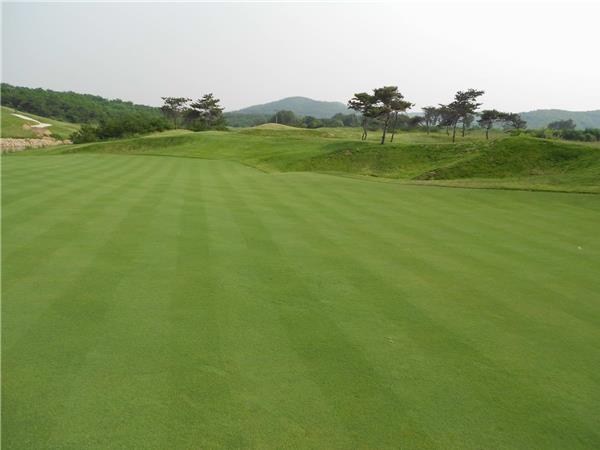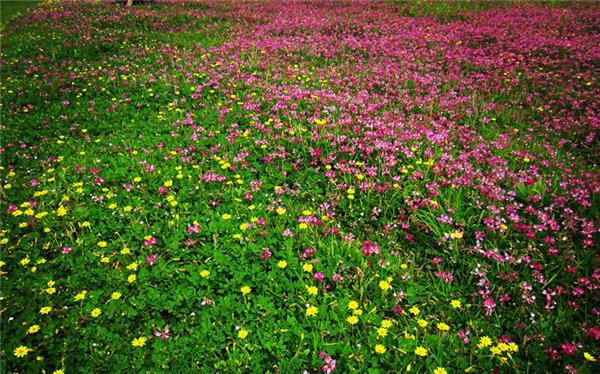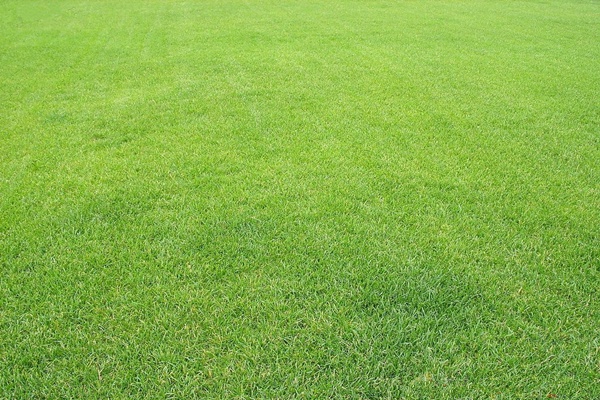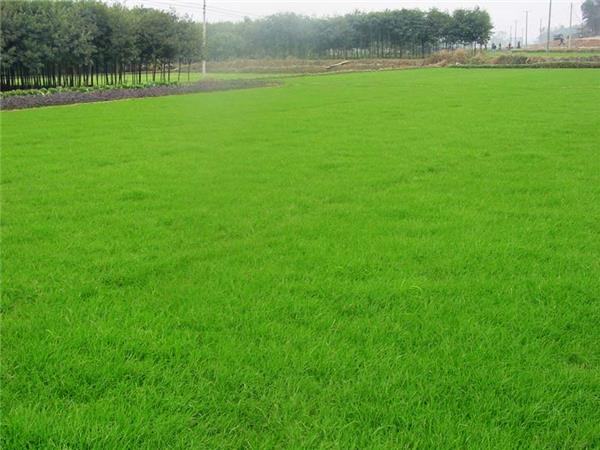How to configure and maintain ornamental grass species and turfgrass species
Turfgrass species still belong to a classification of ornamental grass species, so let's learn more about them.

How to match ornamental grass species
1. Ornamental grass is a kind of landscape plant with strong versatility. In addition to landscaping with water, rocks, trees, shrubs and flowers, ornamental grass can also be combined with different kinds of ornamental grass to create a more beautiful and novel landscape. Here are some collocation between ornamental grass.
two。 The plant height, leaves and inflorescences of different ornamental grasses are different, such as tall Reed, Reed bamboo, oriental grass, low fescue, hairy grass, clump Carex, fescue, scattered Carex, switchgrass, Carex with green leaves, Pennisetum, variegated awn with colored leaves, Acorus tatarinowii and ribbon grass.
3. Can choose different kinds of ornamental grass configuration together, complement each other, can play a very good effect. Such as Reed, Reed, variegated awn, ribbon grass, hairy grass, fescue and so on, there is a slow decline in height, and at the same time, due to the difference of leaf color and flower shape, they complement each other and create rich landscape effects.

How to choose turfgrass species
1. Environmental and climatic conditions are the first factors to be considered in the selection of turfgrass species in sports ground, that is, the so-called adaptability principle. The selected grass species must first adapt to the local climatic and environmental conditions in order to ensure the normal growth of turfgrass and give full play to its use function.
two。 According to the different characteristics of the sports ground, there are great differences in the selection of grass species. For example, turfgrass in football field requires strong treadmill resistance and good recovery ability; tennis turf grass should have good elasticity in addition to trampling and low pruning; the green of golf course requires grass species to have the characteristics of tolerance to low pruning, strong ability of recovery and regeneration, uniform growth and so on.
3. When selecting varieties, we should not only pay attention to the conventional indicators such as seed purity and germination rate, but also consider the varieties with high reputation and recognition of grass seed companies. famous brand varieties mean high quality. High-quality varieties have experienced many years of evaluation in different climatic areas, and the authoritative institutions have high evaluation of them. The easiest way to know whether the species you care about is good is to refer to the test reports of NTEP (National Lawn Evaluation system) and STRI (British Sports Lawn Research Institute).

How to cultivate turfgrass in general
Sowing rate: in order to make the lawn dense and luxuriant, with high density, good elasticity and exuberant regeneration ability, the appropriate sowing rate should be selected according to the germination rate of grass seed, the unit area of lawn and the tillering after germination.
Sowing time: in determining the sowing time, more consideration should be given to the relationship between lawn and environment, and sufficient growth and development period should be given to turfgrass to make it through the "crisis period", such as high temperature and humidity, drought, weed spread and cold period. Avoid sowing in the "crisis period", so as to cause weak seedlings with low germination rate, lack of seedlings, symbiosis of weeds or poor drought resistance.
Sowing method: lawn sowing requires that the seeds are evenly distributed on the turf bed and mixed into the soil layer of 1-1.5cm. Sowing is divided into mechanical sowing and manual sowing. After mechanical sowing, the flat bed is gently raked with a fine-toothed rake, then suppressed with rollers weighing 10-200jin, so that the seeds are in full contact with the topsoil, and then covered with straw bags. Spray water immediately after spraying water depth to soak through the soil layer of 5-10cm.

Now many places need to lay lawns, so how to choose turf grass species and learn to maintain lawn grass species is very important. I hope the knowledge introduced above can help you when you maintain and lay lawns.
Related
- Wuhan Hospital Iron Tree Blooming Result Was Instantly Frightened by the Gardener Master
- Which variety of camellia is the most fragrant and best? Which one do you like best?
- What is the small blue coat, the breeding methods and matters needing attention of the succulent plant
- Dormancy time and maintenance management of succulent plants during dormancy
- Minas succulent how to raise, Minas succulent plant pictures
- What are the varieties of winter succulent plants
- How to raise succulent plants in twelve rolls? let's take a look at some experience of breeding twelve rolls.
- Attention should be paid to water control for succulent plants during dormant period (winter and summer)
- Watering experience of twelve rolls of succulent plants
- Techniques for fertilizing succulent plants. An article will let you know how to fertilize succulent plants.



